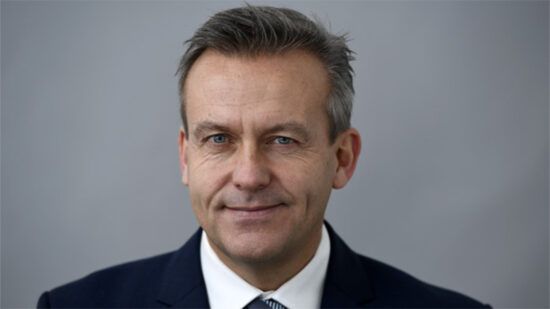Increasingly severe storms and irregular patterns of drought and rainfall are estimated to push up to 130 million people into poverty by 2030, according to World Economic Forum data. By 2050, as many as 200 million may be forced to migrate. This is an all too familiar story, the universal nature of climate change. It doesn’t respect borders and it impacts vulnerable populations, regardless of where emissions originate.
Emerging economies continue to grow rapidly, with citizens joining the expanding middle classes, gaining access to goods and services. This rapid growth will inevitably generate incremental emissions, and as we all know, hindering such development is also not an option.
High-income countries like the United States are better prepared to respond to the physical impacts of climate change, despite generating, on average, eight times the per capita emissions of India. Developing countries are faced with the challenge of providing their citizens with basic services like electricity, high-quality education and healthcare and financial services, but without the benefit of fossil fuels enjoyed used by developed nations. All the while, nations like India remains acutely exposed to the physical impacts of manmade climate change – a direct result of the cumulative 1.5trn tonnes of CO2 emitted due to human activity. Simply put, as incomes rise, consumption rises. No demographic group or country has demonstrated a path to middle-income life or access to basic necessities without significantly relying on fossil fuels.
Commercial solutions to global challenges
In order to make progress, we must recognise that climate change and inequality can be addressed simultaneously through commercial solutions. Solar panels and other climate mitigating technology that has become much more affordable can help improve affordability for low-income customers. For example the average US consumer who installs rooftop solar may save between $20,000 – $30,000 on energy throughout its lifespan. Elsewhere, the International Institute of Sustainable Development predicts customers in India can save roughly 60% when switching from unsubsidised kerosene to technologies such as solar powered lanterns. These cost differentials are driving a significant increase in installed capacity and novel applications of solar panels – including provision to low-income individuals around the world as their first access to electricity.
We have been witnessing rapid product and business model innovations in areas such as distributed renewable energy systems, advanced metering infrastructure, energy management software applications and last mile circular services. These technologies can deliver meaningful financial benefits to low-and middle-income customers while also generating compelling unit economics and corporate margins for the businesses focused on developing these solutions.
One example of a company achieving this is Perch Energy, a servicer for community solar developers that identifies and maintains subscribers for community solar assets with a particular focus on attracting and retaining low-income customers.
Driving financial inclusion
Among the largest challenges in serving a low income consumer segment is financing. With lower levels of savings, emerging customers tend to lack the upfront capital required to outright purchase climate-mitigating technology like solar panels. However, financing partners such as micro, small- and medium-enterprises (MSME) lenders, microfinance banks and affordable housing finance businesses have inroads to these clients and have a strong understanding of their creditworthiness. These capital providers are helping to drive an inclusive transition to a low carbon economy.
In addition, these businesses are well positioned to help their customers build resilience to the physical impacts of climate change through insurance distributions and just-in-time financing products that alleviate customers responses to natural disruptions.
An example of this is Annapurna, one of the largest microfinance institutions in India currently serving more than 2.5 million people, mostly women borrowers with working capital loans, to help them grow their businesses. Annapurna also provides loans directly to MSMEs. Both of these groups are acutely vulnerable to the physical impacts of climate change because of their location. Recognising this, Annapurna has been leveraging their existing knowledge of their borrowers to develop dedicated financing products for climate mitigating technology, such as rooftop solar financing.
Overall, it is clear that there is a significant commercial opportunity in helping these consumers access the savings created by climate-mitigating technologies. We believe businesses in this market are at an inflection point to scale, well positioned to generate financial returns and contribute to positive social and environmental outcomes.








